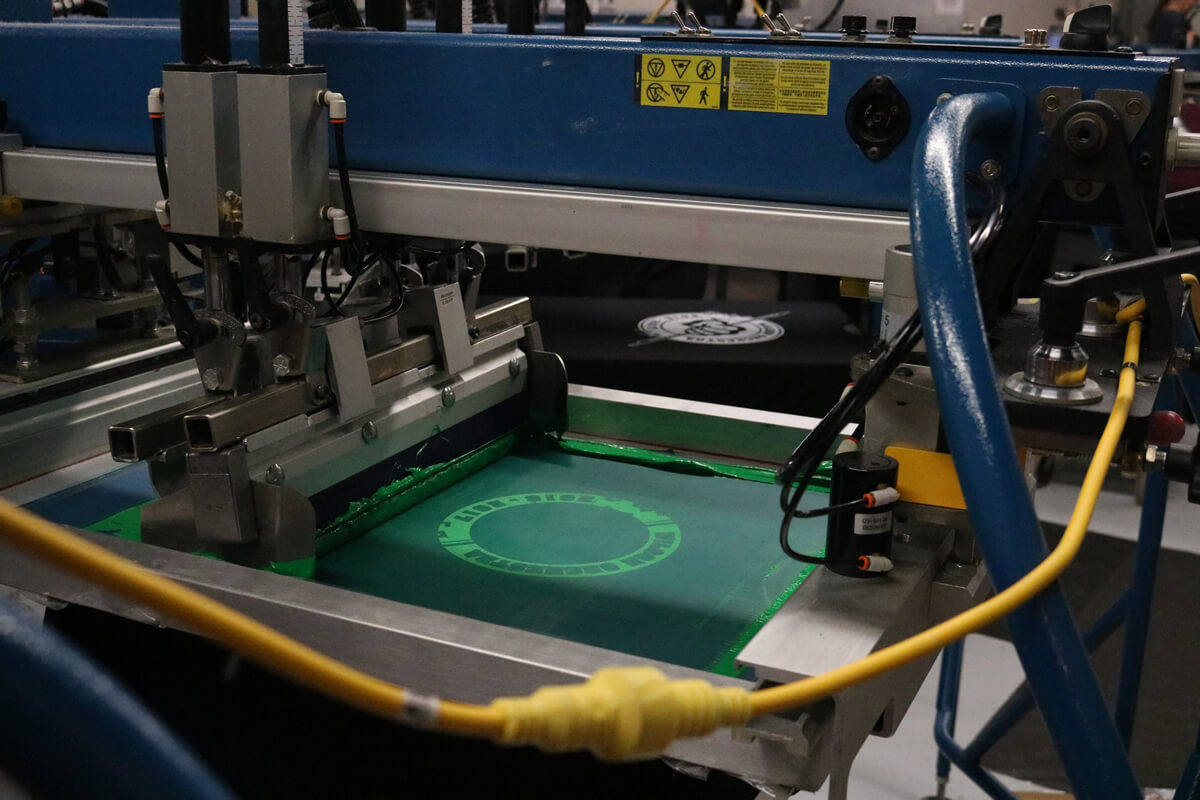What is Screen Printing?
Have you ever come across a screen print? If you’ve seen Andy Warhol’s iconic bright colored pop art featuring Marilyn Monroe, you actually have. Today the printing method is one of the popular used for garment prints. Keep reading to learn more about where it came from, how it works, and when you should consider screen printing for your t-shirts or other products.
History of Screen Printing
Screen printing originated in China in the late 900’s, and spread throughout the Asian continent until it made its way to Western Europe in the 18th century. The printing method didn’t gain traction in Europe until the silk mesh trade began to flourish, since the fabric served as a medium for silk screen printing. In the early 1900’s screen printing was revolutionized when photo-imaged stencils were introduced to the process—except toxic chemicals were being used. Trial and error made the process safer and by the 1960’s Andy Warhol popularized the technique with other artists following suit. In the late 60’s and throughout the 70’s screen printing on t-shirts was a booming trend. Today, it’s the most popular method of t-shirt printing, commercial and retail.
How Screen Printing Works
Screen printing starts with the artwork you want printed. Each of the colors in the image need to be isolated—this can be done using a digital art program. A screen, think of it as a stencil, is then created comprised of fabric for each color. The actual printing process involves applying ink directly over each of the screens to produce a design. Every color requires an individual screen. The process is repeated for each screen, adding layers of ink until the final combined image is achieved.
When to Use Screen Printing
If ordering a large volume of t-shirts, screen printing tends to be the most cost effective method. Small batches aren’t ideal since there’s usually a minimum required quantity because of the extra materials and labor necessary. It’s also best for simple designs with limited colors, since each color requires its own screen.
Screen printing provides a high quality look since the ink absorbs deeper into the fabric than other types of printing, creating cleaner edges. More control of the ink allows for longer lasting vibrant colors, even when the fabric is darker. In fact, if you seek high vibrancy, screen printing is the best choice. The technique also ensures the print will last. The inks used, whether water-based or heat-dried, have more durable results than other types of printing. They have a more resilient bond to the material, withstanding multiple washes without cracking or fading.
Interested in using screen printing for your t-shirts? We can help you create high quality, vibrant tees. All our screen printing is done in-house so we control the quality and turn around time to provide you top notch t-shirts and service. Learn more about screen printing for your business or contact us today to ask for more information.



